Navigating the Unintended Consequences of Language, Imagery, and Meaning
Has Never Been More Difficult Or More Important
CISR JournalThis article is brought to you by the Center for International Stabilization and Recovery (CISR) from issue 28.2 of The Journal of Conventional Weapons Destruction available on the JMU Scholarly Commons and Issuu.com.
An Editorial by Jon Brown [ Mines Advisory Group ]
Words matter. The imagery we use matters. When we tell the wrong story (or the right story in the wrong way), it damages us as organizations, damages us as a sector, and, most importantly of all, causes distant but lasting harm to the very communities we exist to serve and of which we are members. Let’s be clear: we at Mines Advisory Group (MAG) are certainly as guilty as the rest of the sector in getting things wrong, but we are putting steps in place to try to get it right.
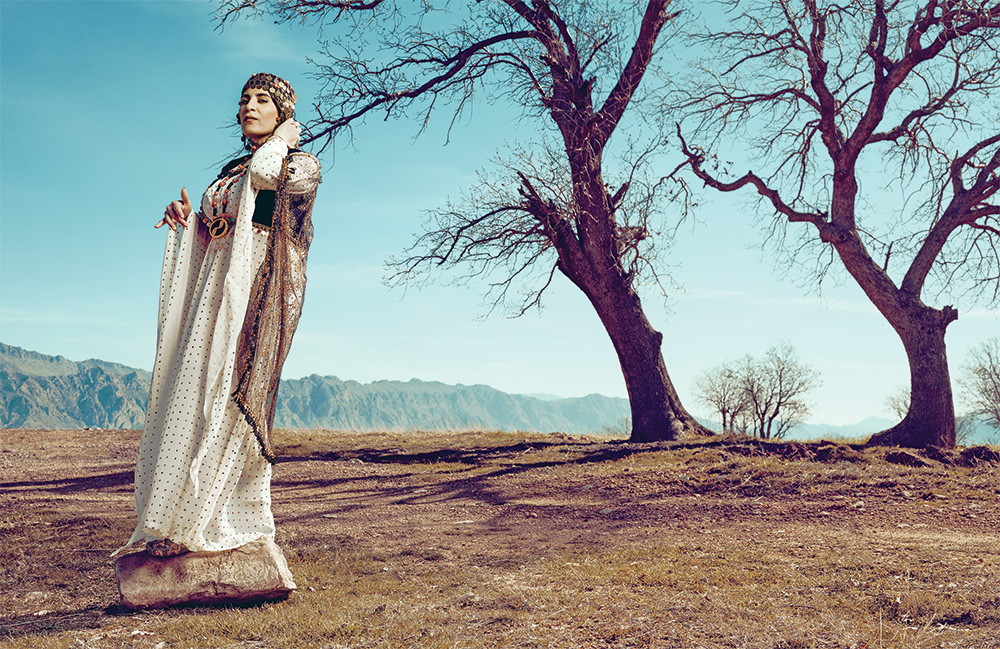
The world has moved on from the days when international development organizations sought out extreme representations of poverty and misery for the sake of a few bucks in donations. Not long ago, almost every narrative pivoted on a one-dimensional and fundamentally inaccurate storyline: here is a group of wealthy, privileged, expert people (saviors) rendering assistance and aiding another group of people (victims).
The people at the very heart of these storylines were, in large part, depicted as both voice-less and choice-less. Hapless and helpless beneficiaries—a term that starkly exemplifies the problematic language often used in our narratives.
What’s noteworthy about humanitarian mine action (HMA), of course, is the vast majority of people at the tough and important end of the job—the deminers, community liaison officers, administrators, and managers in our programs—are from communities affected by explosive contamination. Their work entails delivering benefits to their own communities, neighbors, and families. So, when we slip into us and them narratives, the kind of language that depicts us (those from the privileged and powerful side of the tracks) doing good or rendering assistance to them (those in less privileged communities affected by landmines or unexploded ordnance (UXO)), then we are guilty of not only bias, and arguably, colonial thinking, but we are also guilty of downright inaccuracy.
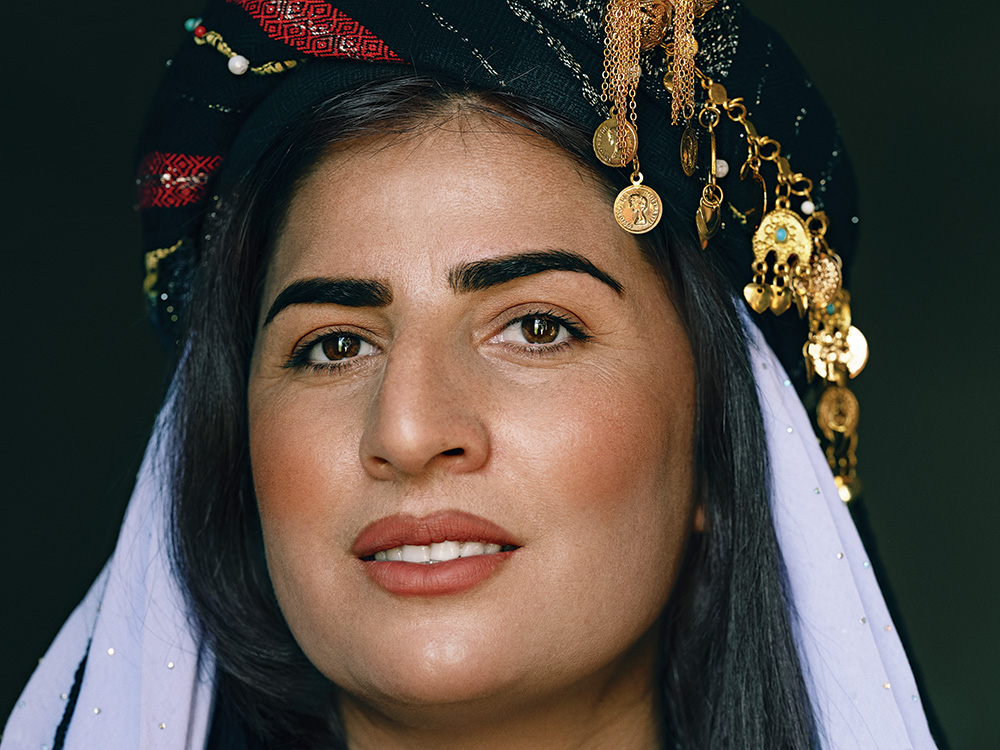
And the truth is that HMA has a demonstrative track record of ensuring communities are at the center of decision-making. MAG’s innovative work developing community liaison and conflict-sensitive approaches, refined and improved over many years, is explicitly designed to ensure people in affected communities have agency and influence. Other HMA organizations equally place communities at the center of their thinking. Our external representation of our work must catch up with this important operational principle.
An area in which we can all improve is not just in the way we describe our work and the attention we pay to the dynamics that complicate storytelling (in an important, and I would argue, positive way) but also in the efforts we take to ensure our impact is understood by both the general public and also by non-experts working in adjacent development enterprises.
We as a sector are too often guilty of speaking of visibility as if it’s just a box we tick for donor requirements, rather than the rocket fuel that can accelerate our impact. And we talk of government funding when it should more accurately be framed as citizen funding, paid for by ordinary tax-payers who live in donor states. Put simply, the sector as a whole hasn’t done enough to tell its story or, more importantly, the story of the communities afflicted by the reverberating impacts that arise from conflict.
Telling that story has never been more crucial. If we are to advocate for policy change, or government (citizen) funding, then we must influence the policy-makers. And to do that, we must start by ensuring there is widespread understanding of what we do and why we do it amongst the most important audience of all: the people who put the policy-makers in their positions of power in the first place. The very people, in fact, who we need to also engage with in order to substantially increase our un-restricted income so that we can meet need not funded by institutional donors.
Telling that story has also never been more challenging given the proliferation of digital channels and fragmentation of the traditional big beasts of global media. However, with that challenge comes opportunity, as our stories can travel further and faster thanks to those same digital channels.
We as a sector are too often guilty of speaking of visibility as if it’s just a box we tick for donor requirements, rather than the rocket fuel that can accelerate our impact.
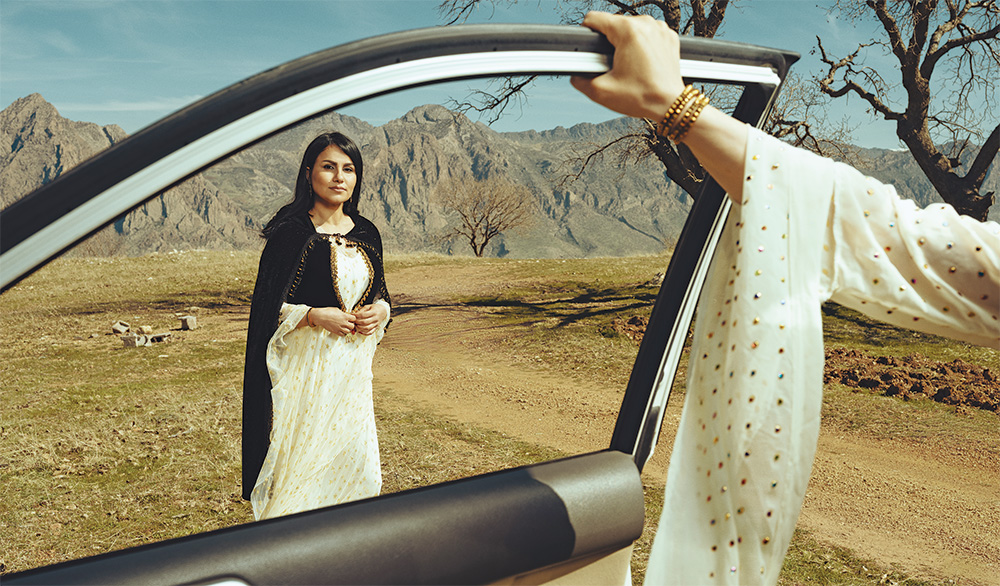
Halala, a Kurdish deminer, is a former child psychologist now working on demining tasks near Sulaymaniyah, close to the border with Iran.
Other factors also mean we must as a sector sharpen our focus, and arguably, find ways to ramp up the investment we make in communications. A rapidly changing conflict and insecurity context, leading to increased and complex needs, has led to an attention deficit for legacy conflict settings and other regions not at the forefront of the constantly-shifting global news agenda. There is also increased competition for global funding, as well as increased competition for human resources and talent.
Together, these factors mean communicating our purpose and impact is not only more essential than ever but must be done in an increasingly noisy and crowded world where awareness of the importance of mine action will diminish without concerted effort. We must be more creative in approaches when it comes to raising awareness of the continued impact of landmines in places such as Angola or South Sudan, to name but two, while rigorously maintaining an ethical and equitable approach to storytelling.
To that point, communicating the importance and impact of HMA must be done in the right way—not by mining the murky depths of misery and undermining the dignity of our fellow human beings, or by appealing to unpalatable savior instincts. And not by framing our narratives with archetypal heroes and victims: the saviors and the saved. Doing it the right way might mean being creative, for sure, but never manipulative and never by crafting bogus storylines for dramatic effect. Authenticity and creativity can walk hand-in-hand.
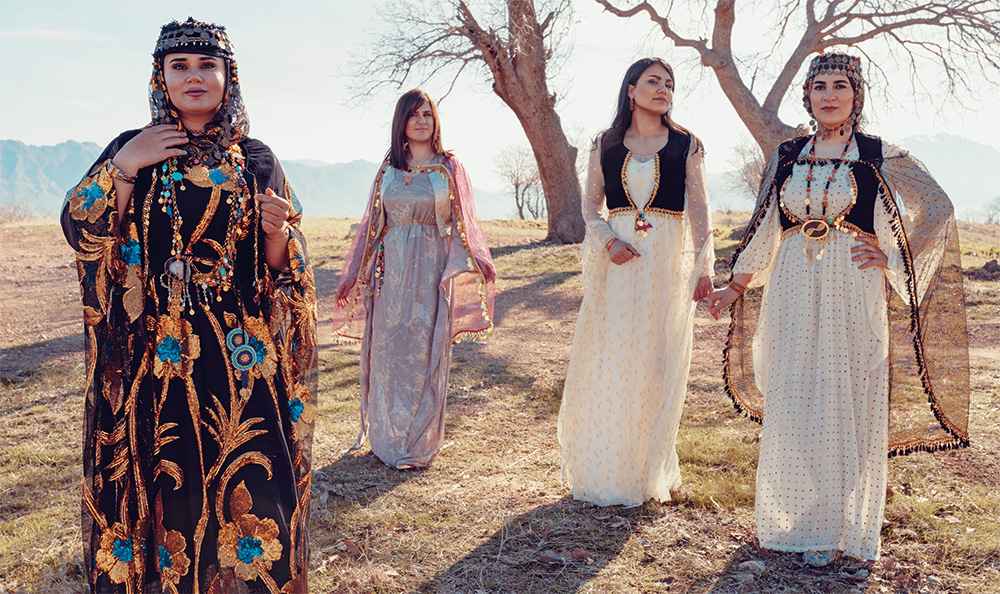
Notably, by helping those from affected communities tell their stories their way, we increase the representation of those communities not just externally, but also within our organization. In doing so, our staff and external audiences will see themselves, their stories, and the stories of their communities represented, not in a hierarchical way, but as a true reflection of what we are and what we aim to achieve. So too will those with their background in affected communities who are thinking of working for or supporting us. This sense of representation helps us to build our global culture as one that is inclusive, which ultimately helps us increase our impact.
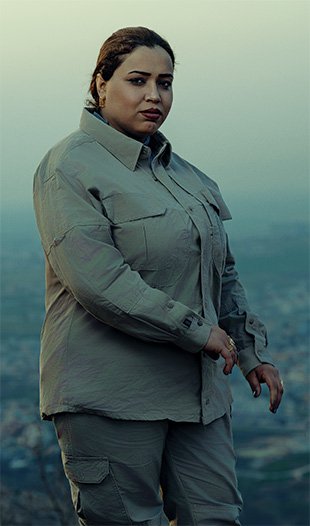
The starting point has to be ensuring everyone has ownership of their own story. In MAG’s new Ethical Storytelling policy, the concept of ownership is our guiding and core principle, both the North Star and the red line that defines our approach. This means upholding the dignity of our staff and people in the communities where we work by honoring their wishes on what and how a story is told. We will not tell their story—despite the resources invested—if it cannot be told with the right level of integrity or without the full agency of those concerned.
Ownership is also the first of the ten principles identified in Dignified Storytelling,1 a platform for global advocacy and outreach that shares connections and learning for those working toward the kind of storytelling that upholds and celebrates the dignity of everyone.
Its other principles—of equal importance—include an emphasis on the biases that we all carry within us; the acknowledgement that we are all multi-dimensional, rather than archetypes; and that truth, not headlines, is what we should seek. Alongside the concept of ownership, the other most important principle (in my view) is the one that bookends Dignified Storytelling’s ten principles: A Story Can Change the World.
In practical terms and execution, what does all of this mean?
Such an approach is resource hungry. It means you cannot rock-up in a village and spend half an hour getting consent forms signed and then snap away with a camera and scribble a few notes on an iPad. It means relying on community liaison staff—who are most often from the affected communities—and their deep relationships in those communities to lay the groundwork and to have meaningful conversations with people about their stories and about how and where they want those stories to be told.
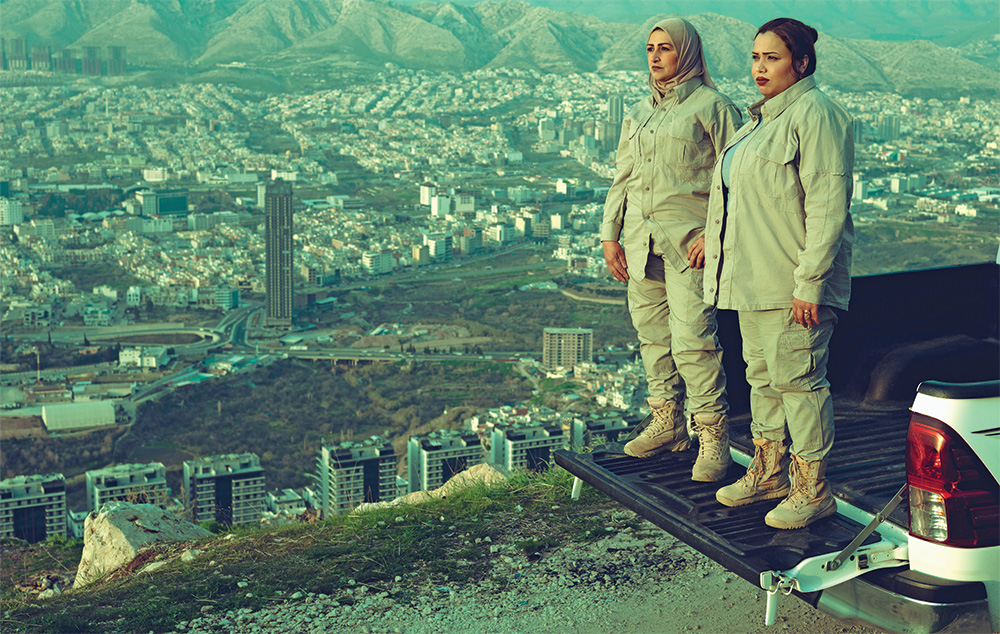
We also intend to deliberately diversify the range of professional storytellers we work with, including seeking out and employing writers and photographers from affected communities, and next year will be seeking to equip citizen storytellers to work alongside us and tell stories from their communities.
This all takes time (and money) and we all must accept that we will inevitably end up with failed investments along the way—those occasions when planned external engagement initiatives or opportunities cannot be fulfilled, despite the effort and cost incurred, because we are unable to abide by the principles we have committed to.
Ethical storytelling in a highly competitive communications context also requires taking a very detailed, considered approach to particular contexts. Landmine removal is not a fast-moving story, so identifying particular lines of interest or angles against this largely static backdrop is critical. Otherwise, journalists, for instance, simply shrug and say “what’s new?” The good news is that there is a growing cohort of media organizations, journalists, and influencers who share our values and are equally committed to ethical storytelling, unafraid of messy and complex narratives, and determined to frame our work and the communities and individuals that define us in a multi-dimensional and nuanced way.
The next step for MAG, having articulated a new Ethical Storytelling policy, is to ensure our staff and partners are sensitized to it. Sharing it with relevant staff, in tandem with the roll-out of our new communications strategy, will require systematic engagement across the thirty-plus countries where we work during the remainder of 2024 and, we acknowledge, a degree of testing and learning along the way. We know we won’t get everything right, but we are determined to keep trying.
We also intend to deliberately diversify the range of professional storytellers we work with, including seeking out and employing writers and photographers from affected communities, and next year will be seeking to equip citizen storytellers to work alongside us and tell stories from their communities. There is nothing radical about this, but it nevertheless represents a new approach for MAG as we try to create space for those who might have been traditionally marginalized or stereotyped in telling their stories.
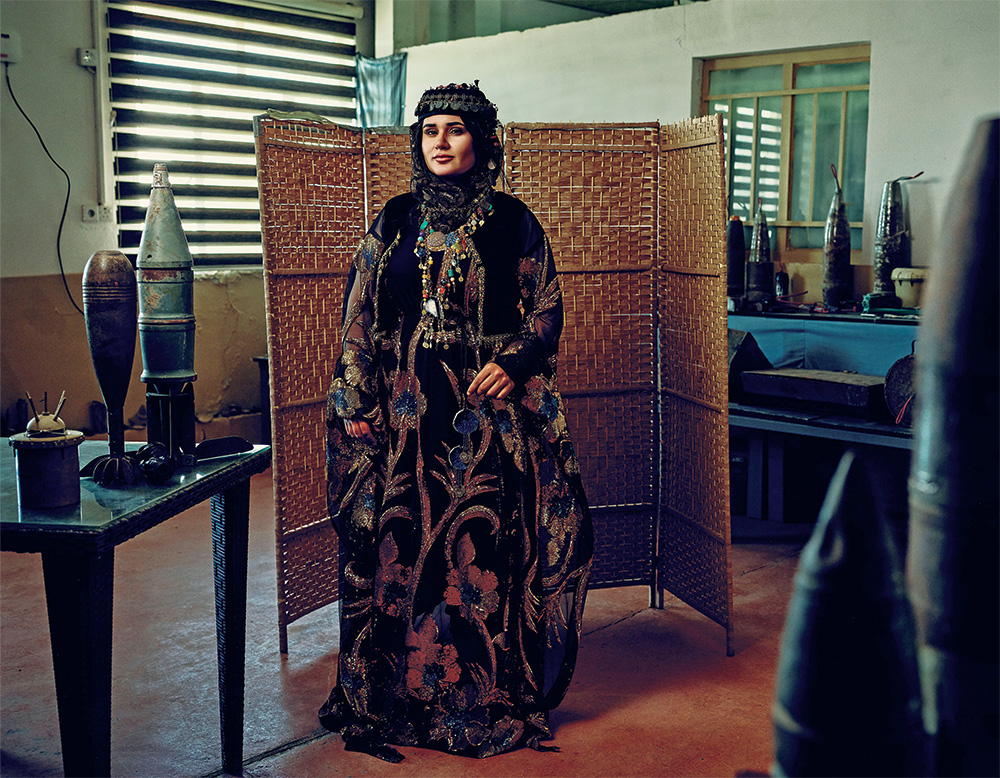
Earlier this year, MAG also launched The Female Lens,2 a long-term collaboration with female photographers, some of whom are from conflict-affected states but none of whom had worked in mine action before. We asked these photographers to document the experience of women in communities recovering from conflict because we recognize that the role of women in conflict recovery is often under-acknowledged. Our brief was simple and deliberately non-prescriptive: spend time with our female staff in our programs and collaborate with them to help them tell their stories, in all their multi-dimensional messiness and nuance. We aren’t dictating the angle or the approach from either our Manchester, UK hub, or from the offices in the countries where we work.
Because it’s not our story, it’s theirs.
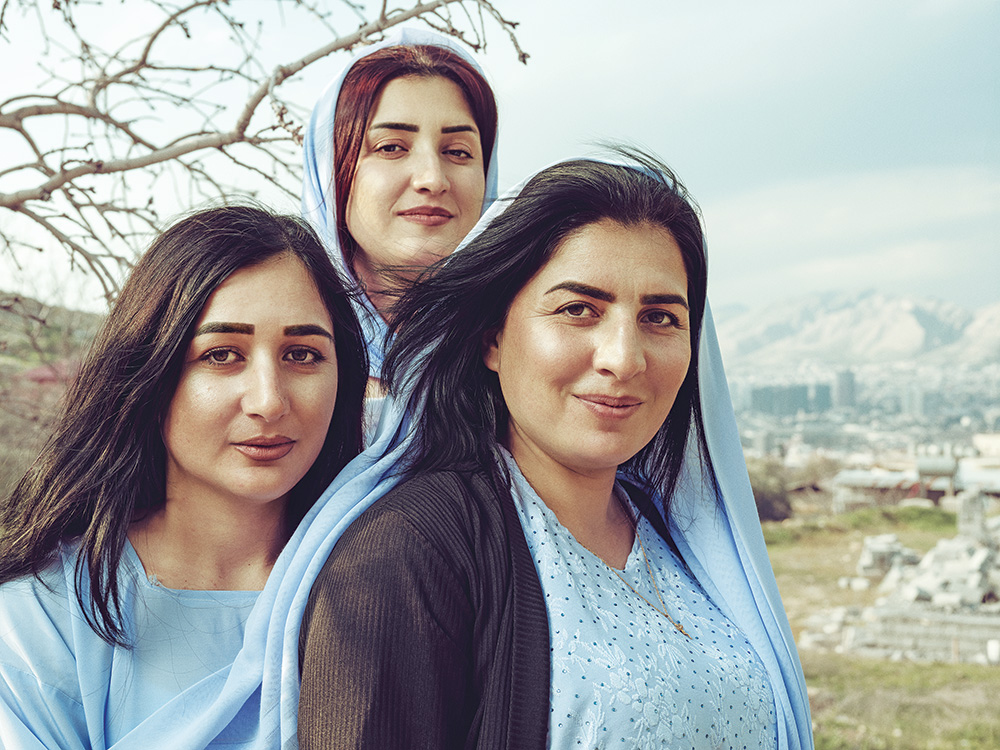
The results are already surprising. A high-profile feminist Lithuanian photographer, Sane Seven, who is more accustomed to photographing A-list celebrities for glossy magazines, spent time with our deminers in northern Iraq and emerged from the trip with a series of arresting images: the Arab deminer from Mosul who wanted to remove her hijab and wear modern, Western clothing; the Yazidi who wanted to wear traditional dress but instantly went into playful TikTok mode; the Kurdish deminer who shared photographs of herself summiting one of Iraq’s biggest peaks and said she wanted to be pictured in traditional dress in the mountains. Together, we hope such images challenge the stereotypes and biases that we all hold.
Later this year will also see us commence the creation of a new guide for language use so that we are not exacerbating or perpetuating existing prejudices. Its purpose will be to encourage our staff and partners who use English (our primary organizational language, which is arguably an issue in itself) to deploy language that is respectful of everyone. This won’t be the work of a few weeks but will, I hope, benefit from the brilliant work already done by others on this issue and will also play a key role in our internal journey to eliminate, so far as we can, all and any forms of discrimination.
And it’s important to acknowledge that neither our Ethical Storytelling policy nor the emergent language guide will be definitive gospels. They will require review and evolution in the coming years as we get things wrong (and right) and as we respond to the ever-changing world. But the truth at the heart of our approach will, I believe, be a stubborn and immutable one. Everyone owns their own story and it’s theirs to tell, not ours.
See endnotes below.
 Jon Brown oversees Mines Advisory Group's (MAG) external and internal global communications. He is a former newspaper journalist who, prior to joining MAG, advised corporates, government bodies, and not-for-profits on strategic communications and public engagement campaigns.
Jon Brown oversees Mines Advisory Group's (MAG) external and internal global communications. He is a former newspaper journalist who, prior to joining MAG, advised corporates, government bodies, and not-for-profits on strategic communications and public engagement campaigns.

